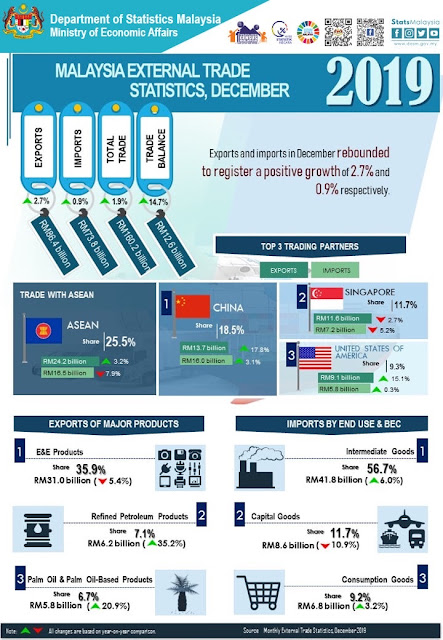One of the more frequent campaign promises made by Donald Trump was the
elimination of the North American Free Trade Agreement (NAFTA). Calling it “one of the
worst deals ever”, he held it responsible for the unemployment of many U.S. citizens (Welker,
2017). The statement has been one of many regarding Trump’s plan to put “America first”. His
plans on protection include the renegotiations or elimination of free trade agreements (FTAs),
increasing import tariffs and the “Buy American-Hire American” statements. However,
especially Trump’s stance on FTAs has been criticized by many economists, as it seems that
there is no bigger gap between economists and politicians than on the subject of free trade
(Lowenstein, 2017).
Regarding the FTAs, Trump is going down a path which could have large consequences
for the United States, but also to the related countries in the free trade agreements. On the 23rd
of January 2017, the U.S. pulled out of the Trans-Pacific Partnership (TPP), which CNN dubbed
as “the largest proposed free trade deal in history” (Riley, 2017). By the U.S. pulling out, the
agreement cannot be ratified due to pre-arranged conditions on ratification. With the
participating countries, consisting of developed and developing countries, having a combined
Gross Domestic Product (GDP) of 27.4 trillion US dollars, this trade agreement could have
huge consequences for the international trade of the participating countries.
Read more: https://thesis.eur.nl/pub/38473/Huijskens-R.-388659.pdf
Suggested by: Noor Amalina Mohd Ismail (Statistician, DOSM)








